Meet Southeast Asia’s rising stars who have taken their cuisine to new heights. They champion local ingredients and flavours, while weaving in their personal journeys and culinary philosophies, presenting thoughtful, nuanced menus layered with inventive techniques and their versions of nostalgia. The first in our series is the innovative team behind Hapag in Manila.
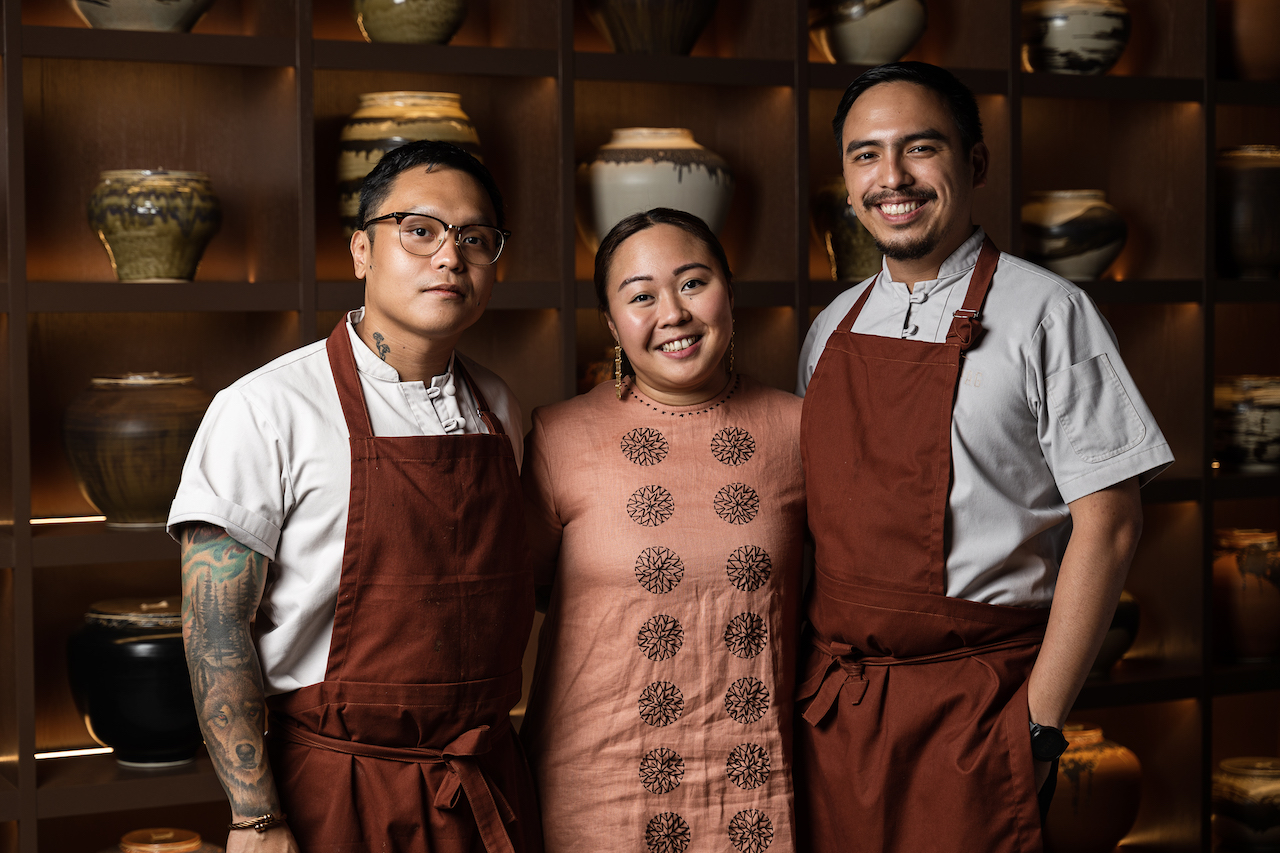
If an overconfident and underexposed would-be gourmand were to claim that Filipino cuisine lacks the depth and complexity of its surrounding Southeast Asian cousins’ culinary cultures, a glance at Hapag’s Metodolohiya tasting menu – which takes its name from the Tagalog word for ‘method’ – would dismantle that assumption pretty quickly. Its courses hint at a mix of passionate artistry and careful consideration: a beef bone nilaga broth with smoked beef fat, malasugi swordfish kinilaw (sometimes referred to as Philippine ceviche) with mango vinegar and spring onion oil, and fried bonete bread with kiniing (smoked pork) and mulberry jam.
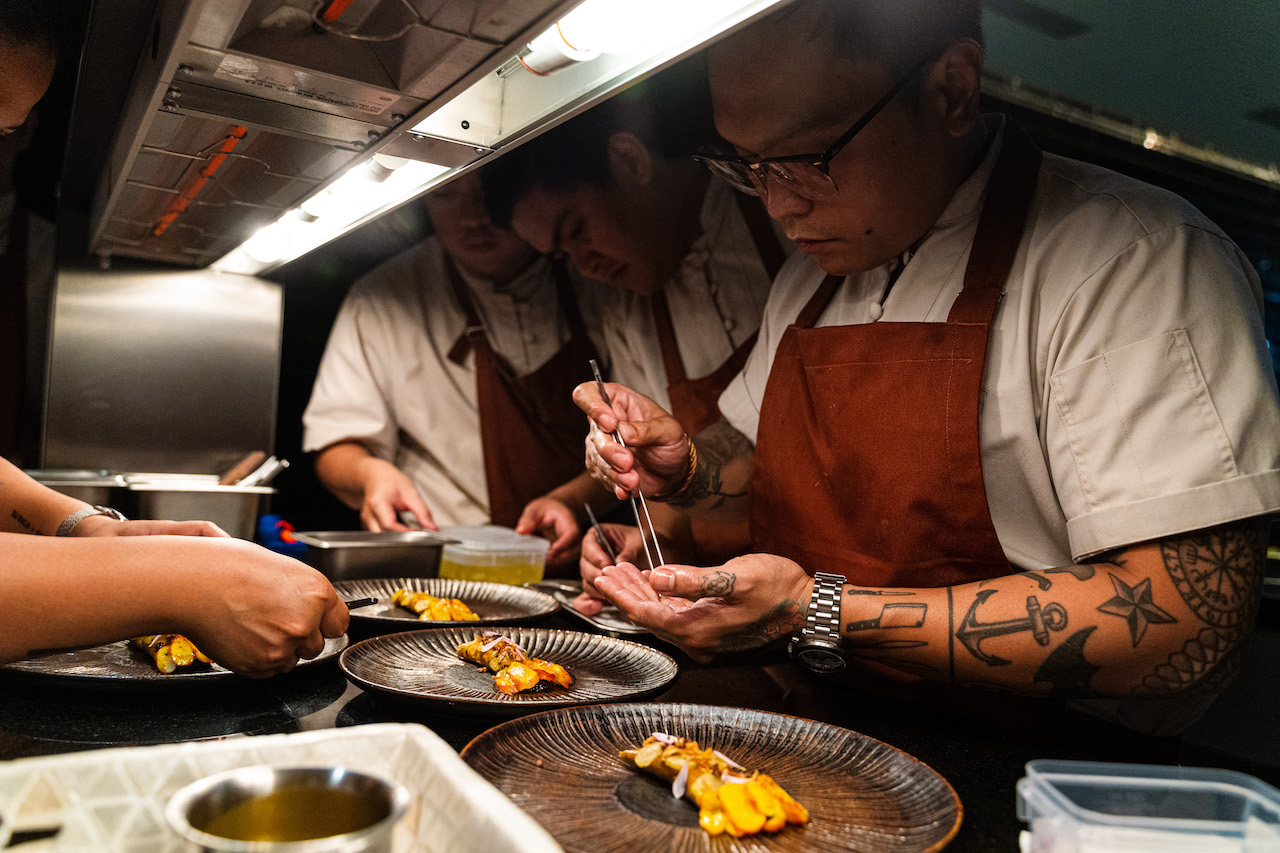
“Filipino cuisine is incredibly diverse, shaped by various cultural and indigenous influences over centuries,” insists Thirdy Dolatre, who – together with fellow chef and partner John Kevin Navoa – first founded Hapag as a private dining experience in 2017. “One aspect I love about our food is its vibrant and bold flavours. For example, the adobo in my household is entirely different from my neighbour’s, despite being the same dish with a similar cooking method. Additionally, flavour profiles from the northern regions differ distinctly from those in the south due to cultural differences and influences.”
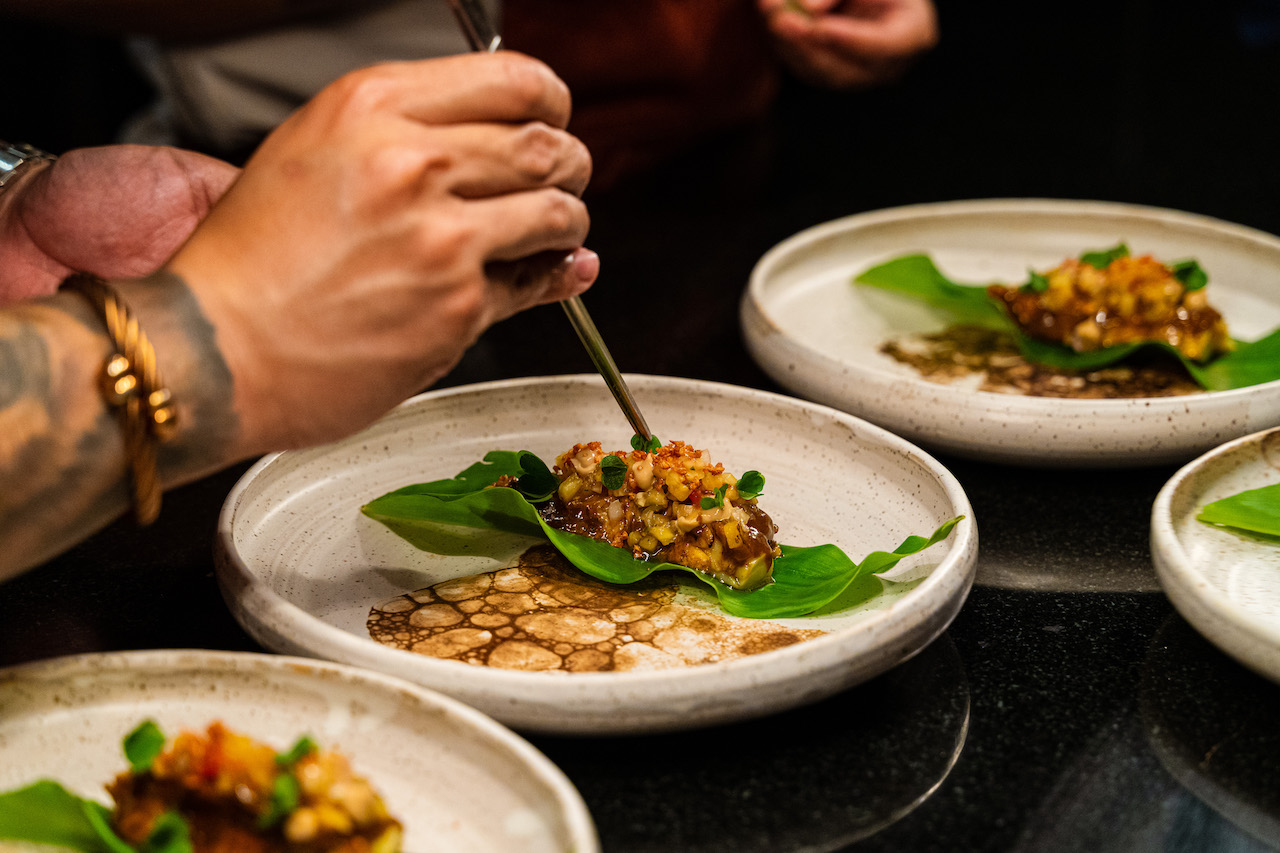
So great is their shared admiration for their national cuisine that it has been the driving force pushing them from being “kids just trying to cook what we loved” (as Kevin puts it) to the duo behind one of Manila’s most respected progressive Filipino restaurants. Armed with the skills they picked up in dynamic contemporary kitchens such as Allen Buhay’s wildly popular series of Wildflour restaurants across Manila and Darren Teoh’s Dewakan in Kuala Lumpur, the chefs set out to create cuisine that would offer ‘a journey into progressive Filipino flavours, blending tradition with innovation’.
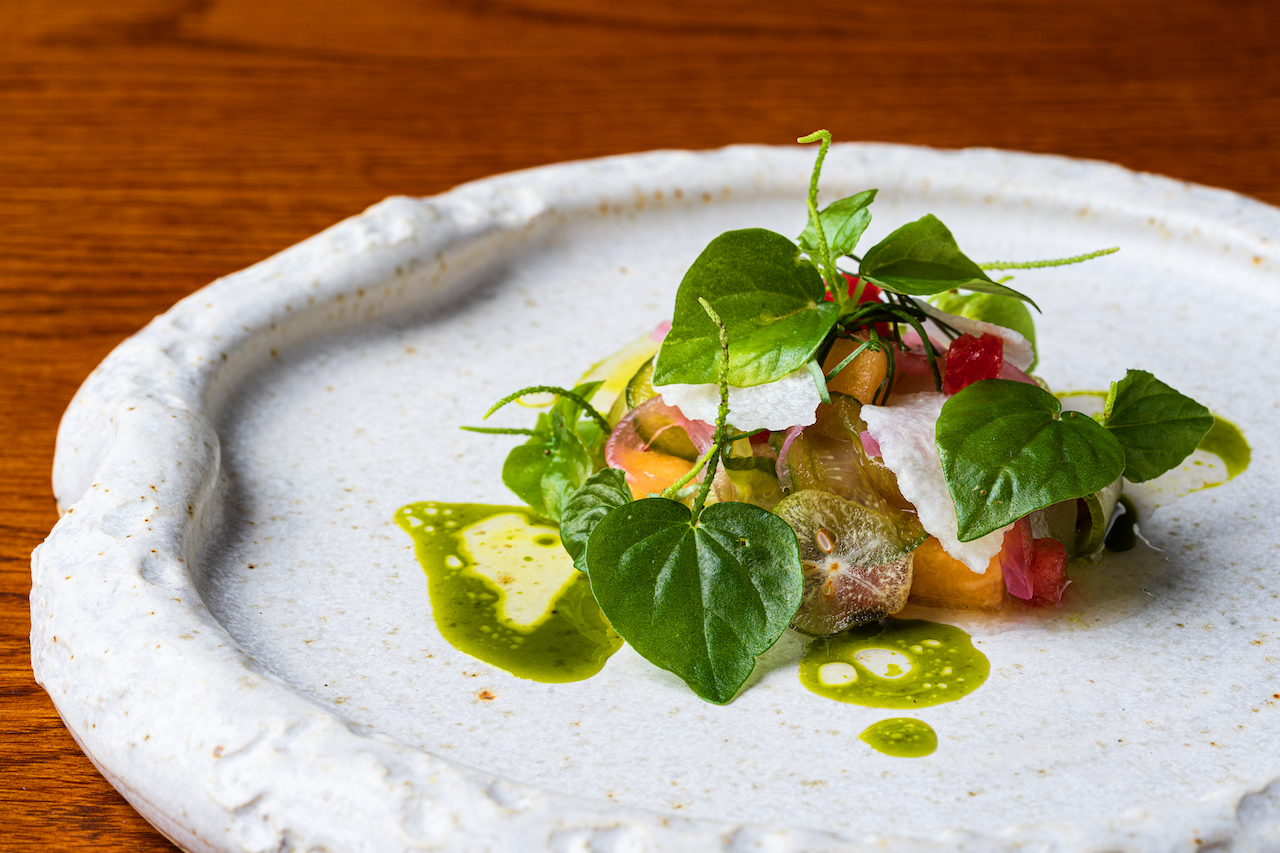
“Our shared thought process on reinterpreting Filipino cuisine takes a very different approach every time,” says Kevin. “Sometimes inspiration comes from an ingredient we encounter during our travels or it could be a ferment that has fully ripened for use on our menu. It might be what we grew up eating in our own homes, or a cooking method taught by family members.” Highlighting Hapag’s gradual maturation from the rebellious experimentation of their early years to dishes that embody elegance and authenticity, he adds: “We’ve made the right move by balancing our menu with thought-provoking dishes and some nostalgia done our way. Serving some familiar stuff gives us room to add something new and challenge our diners.”
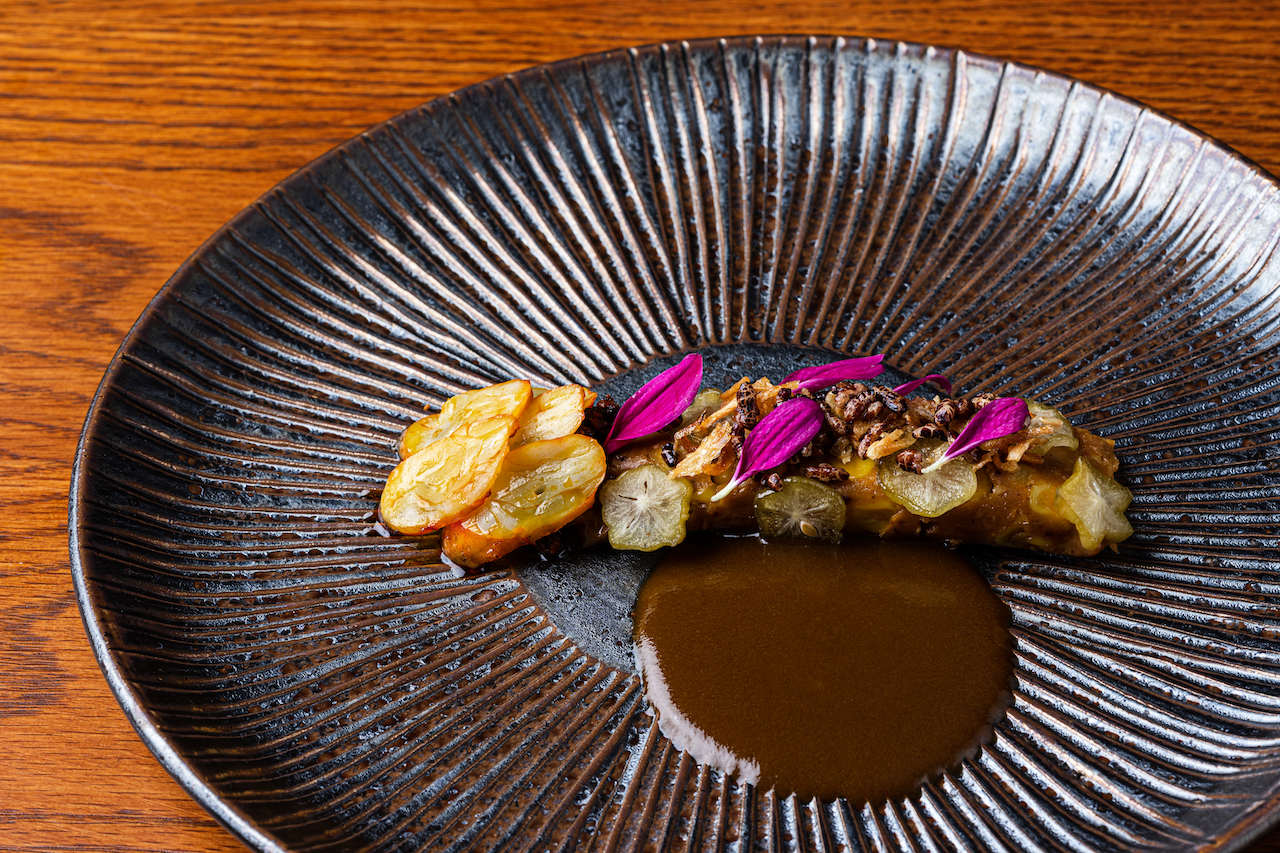
A closer look at Hapag’s renditions of the most widely popularised Filipino dishes – deep fried lumpia spring rolls, a traditional silog breakfast of garlic fried rice and egg, and inasal-style grilled meats (typically pork or chicken) – shows the level of thought and detail poured into them. Thirdy and Kevin’s lumpia is a delicate chive-flecked cylinder filled with pork, kutchay (Chinese chive) mousse and sweet chilli gel, while their silog is a mouthful of burong sinangag (fermented garlic fried rice), egg mousse, longganisa pork sausage from Alaminos in Pangasinan, and atsara (papaya relish), all resting on a gamet seaweed rice cracker. A pitik slipper lobster inasal is accompanied by pineapple salsa with spiced pinakurat coconut vinegar, aioli made with cane vinegar from the Ilocos region, and smoked butter.
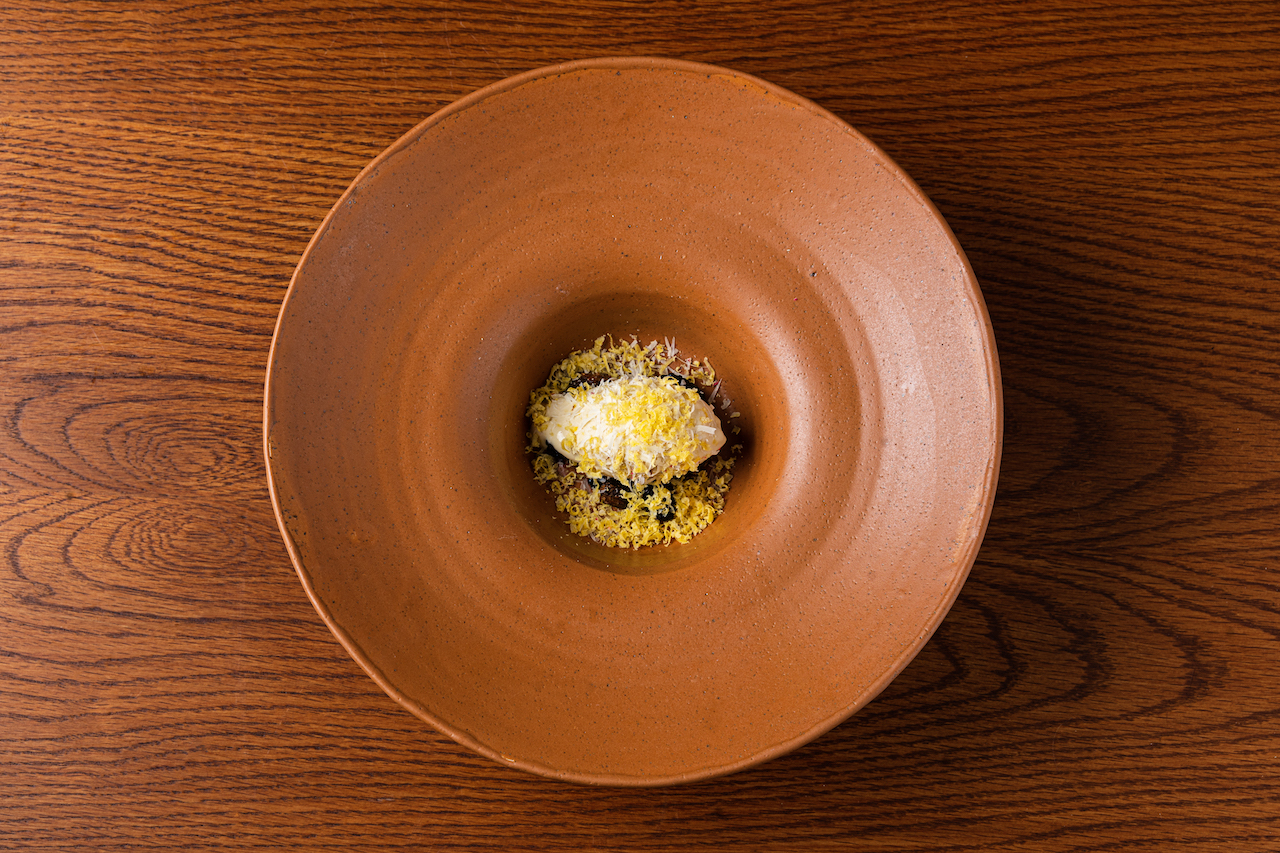
With Hapag now in its fifth year and newly settled in a ritzy location at The Balmori Suites in Makati, the restaurant’s upturn in pace is palpable. “Everything about Hapag has changed since we moved to the new location, and I am so surprised by how it all seems to be evolving,” Kevin asserts. “The space is four times bigger compared to our old space, and we have 40-plus hardworking staff inside the restaurant with the same goals. We’ve changed our approach in terms of cuisine, vision, mission, how we see things, how we do things, and how the new location is not just a restaurant but also a vessel for local artists in the Philippines.”
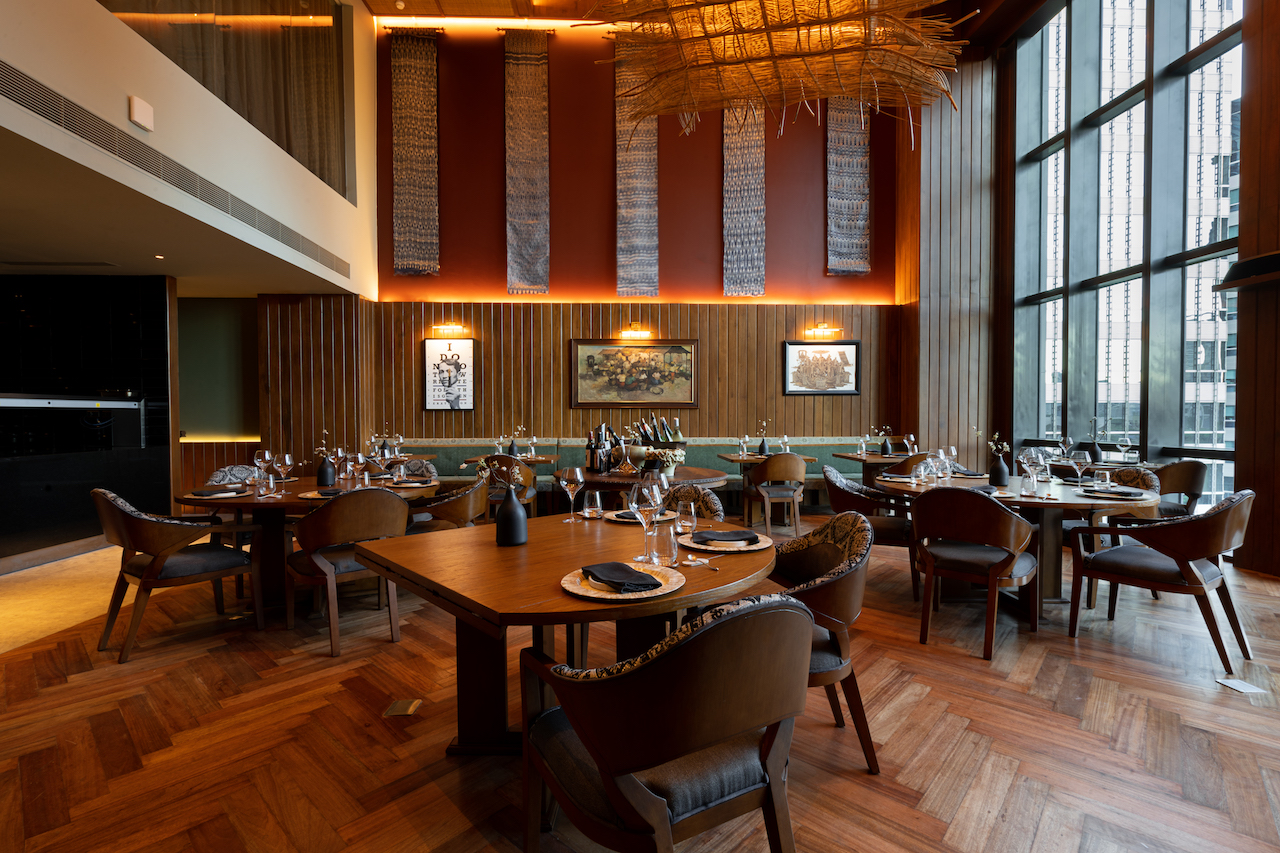
Diners stepping into Hapag for a meal are immediately immersed in the work of Filipino artisans and craftspeople in a way that plays on all five senses, from music curated by musicians Leanne Mamonong and Zsaris Mendioro to being seated on t’nalak and inabel textiles woven by the T’boli people of South Cotabato and the Ilocano people of Northern Luzon, respectively. Against this elaborate backdrop of hyper-local details, Hapag delivers an international-standard fine dining experience with luxurious touches including sommelier service and a champagne cart (there’s also talk of a locally sourced cheese cart).
“What we are doing at Hapag is no longer for Thirdy and me,” says Kevin. “It’s for the country, the young cooks who come through our doors hoping they can learn a thing or two, the people who watch on and want to see our progress, all the sacrificed time for friends and family to pursue your dreams… We do this because we want all of them to be proud of Filipino cuisine and culture. Anything and everything Filipino.”
____
Story by: Renyi Lim
Photos by: Hapag / Dre Ferrer
